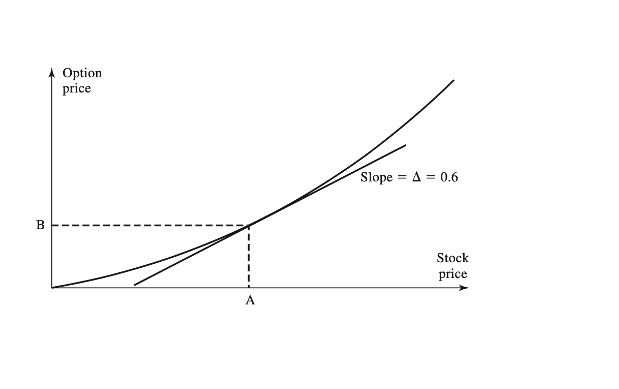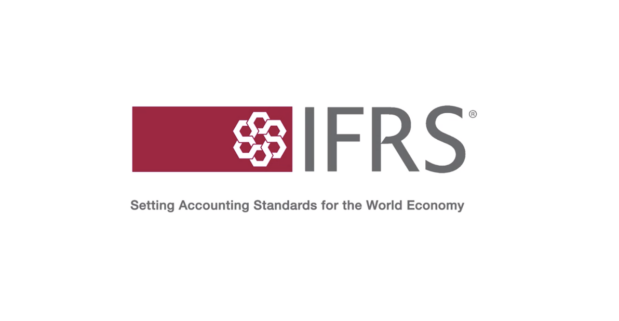In today’s volatile markets, investment funds and fund managers face increasing exposure to market risk, making robust hedging strategies a vital part of effective risk management. This article explores Delta Hedging—a dynamic technique used to neutralize the price sensitivity of option positions. Through a clear breakdown and practical example using the Black-Scholes model, we explain how to achieve Delta neutrality, a key tactic for managing directional risk in portfolios.
At Amsshare, we empower fund managers with AI-driven tools and bespoke modelling solutions to simulate, automate, and optimise risk strategies such as Delta Hedging. These solutions help funds navigate real-world constraints like liquidity limitations, trading costs, and discrete-time rebalancing—delivering greater resilience in their market risk exposure.
While Delta Hedging is most often applied to derivatives-based strategies, its principles support broader portfolio stability—especially when combined with credit risk and liquidity risk management frameworks. In an increasingly regulated environment, fund managers must adopt tools that meet both performance goals and compliance demands.
Although not directly required for Key Information Document (KID) preparation, strong risk analytics and derivative strategies strengthen a fund’s internal governance and reporting capabilities—enhancing investor transparency and overall strategy communication.
This article is ideal for fund managers, risk professionals, quantitative analysts, and anyone seeking to better understand how derivative instruments like options can be used not just for speculation, but as precision tools for managing financial risk. Whether you’re new to derivatives or looking to improve your fund’s hedging techniques, this guide will help you build more resilient, data-driven investment strategies.



